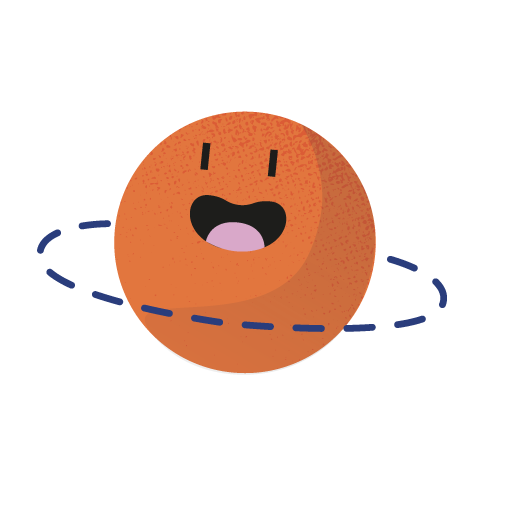TRACCIA AUDIO L’ELETTRONE
THE ELECTRON
Atoms are the basic building blocks of matter, they are tiny particles the size of 0.00000001 meters; they consist of three particles: protons, neutrons, and electrons.
For simplicity’s sake, today we graphically represent the atom almost as a small ‘solar system’ with the nucleus at the centre, which contains the protons and neutrons, and with the electrons circling the nucleus in all directions in space, in obligatory paths represented by the orbitals. Chemistry studies the position in space of the electrons, while physics studies the neutrons and protons in the nucleus. In reality, electrons are not on real orbitals like planets, but on orbitals: the name is similar, but the concept is very different.
Electrons have different tasks: some hold atoms together, and others flow freely around atoms and between atoms. If so many electrons are set in motion, almost like the flow of a river, they give rise to the phenomenon of conduction, which can be of electric current or thermal energy.
The electron, therefore, characterizes the nature of the atom, because in its fundamental state the atom is electrically neutral, i.e. it possesses equal numbers of electrons and protons.
We know that the electron has a negative charge and the proton has a positive charge. If there are more electrons than protons, the atom becomes a negative ion, whereas if there are fewer electrons and more protons, the atom is a positive ion.

It was the Greek philosopher Democritus (400 B.C.) who thought that matter was composed of many tiny, indivisible particles, called the atom, i.e. ‘indivisible’. Today we know that the atom is made up of other small bricks, including me: the electron.
And when I, the electron, move in company with other electrons between one atom and another, we
are all together responsible for the electric current.


Stay In Touch